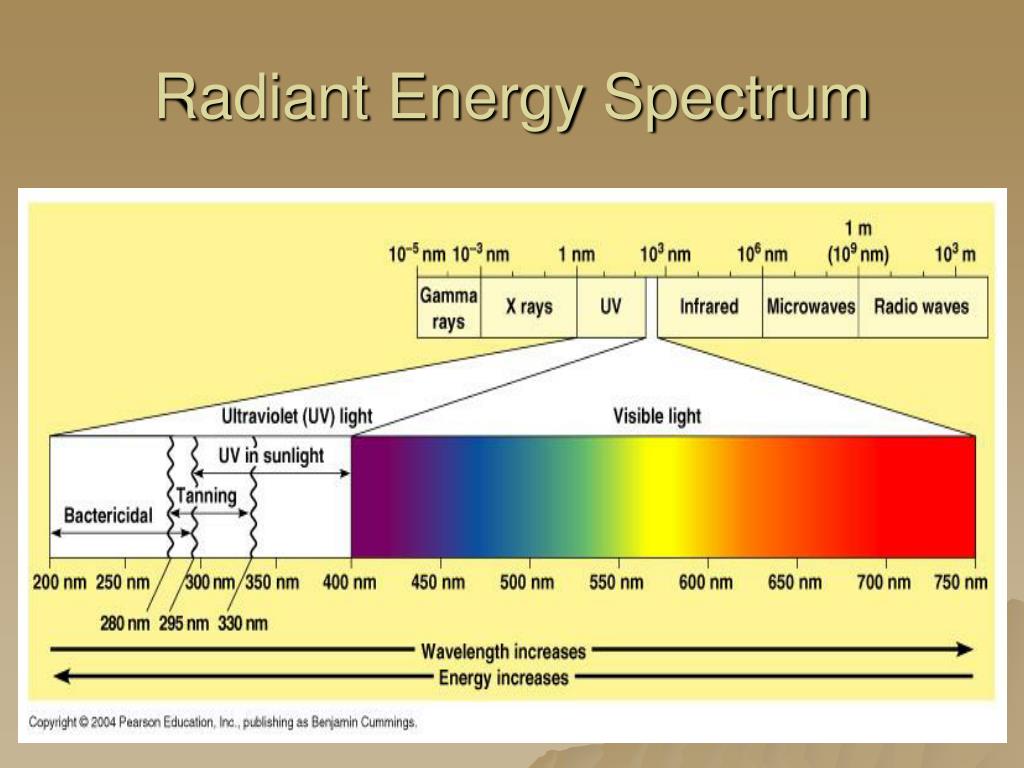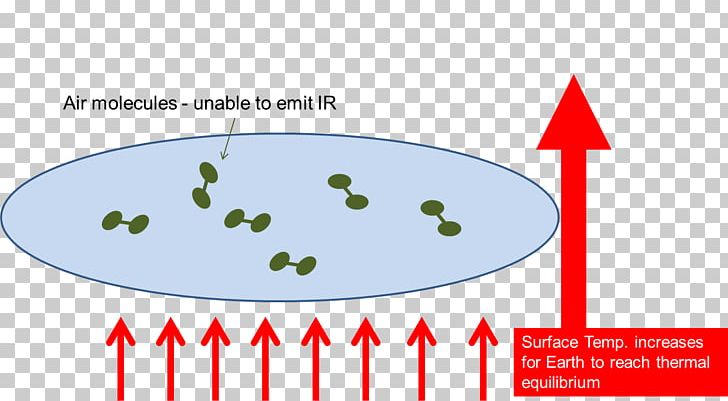
Or, in other words: ductless heat pumps and other equivalent systems can provide higher energy savings than radiant floor heating, in energy-efficient homes. These other systems are more flexible they heat quicky, while radiant floor heating systems have a slow response to change (wich can also be responsible for uncomfortable high temperatures in the morning or later in the day).Īnd for homes with small heating loads as energy efficient houses should be, this means that those other alternatives to radiant floor heating consume less energy, during long periods. Even with a good insulation system under the slab, many radiant-floor heating systems lose a significant amount of heat into the ground.īut there is another important reason that makes ductless heat pumps and room air conditioners (or even new wall gas furnaces) a better choice than radiant floor heating for energy savings. Facts and Myths about radiant floor heatingĪ fact: radiant floor heating provides high-quality heating comfort Ī myth: radiant floor is more environmentally-friendly than most other heating systems Ī fact: radiant floor heating provides good indoor air quality Ī myth: radiant floor heating is a very energy-efficient option Ī fact: radiant floor heating is one of the most expensive heating systems Ī myth: radiant floor heating has low running costs.Įqually relevant for energy savings is the fact that with radiant floor heating the warmest air is close to the floor and to people, which helps reduce heat loss through the upper parts of the rooms.Īnyway, these savings are modest, even in colder climates, and can be reversed by heat loss to the ground and the walls. Radiant floor heating can operate at relatively low temperatures, say, at about 68✯ (20✬), which is a way of achieving some energy savings. This alternative system can also provide lower running costs and lower maintenance costs (they haven't the boilers connected to the radiant floor heating systems.).
#RADIANT ENERGY FACTS INSTALL#
You can install a small ductless heat pump system (or other similar system) for a fraction of the price. It simply doesn’t make sense to install a heating system that may cost you $10.000 or $15.000 or more, in homes designed to have a small heating system. On the other hand, hydronic (hot-water) radiant floor heating is expensive to install, whatever its type ( slab-on-grand, thin-slab or plate-type). It also does not contribute to floor-to-ceiling temperature stratification and provides some energy savings in very cold climates, in conventional homes, if homeowners set their thermostats to the desired setpoints. An important issue for people with chemical sensitivities. Radiant Floor Heating doesn't make sense in energy efficient homesĬompared with a conventional furnace, radiant floor-heating provides excellent indoor air quality – less dust and less volatile chemicals and toxic particulates circulating around the house.


But they are expensive, and do not make much sense for energy efficient homes or for energy savings.

Radiant floor systems provide the highest level of heating comfort in conventional homes with low levels of insulation and airtightness. Radiant fLOOR heating facts & Myths GUIde


 0 kommentar(er)
0 kommentar(er)
